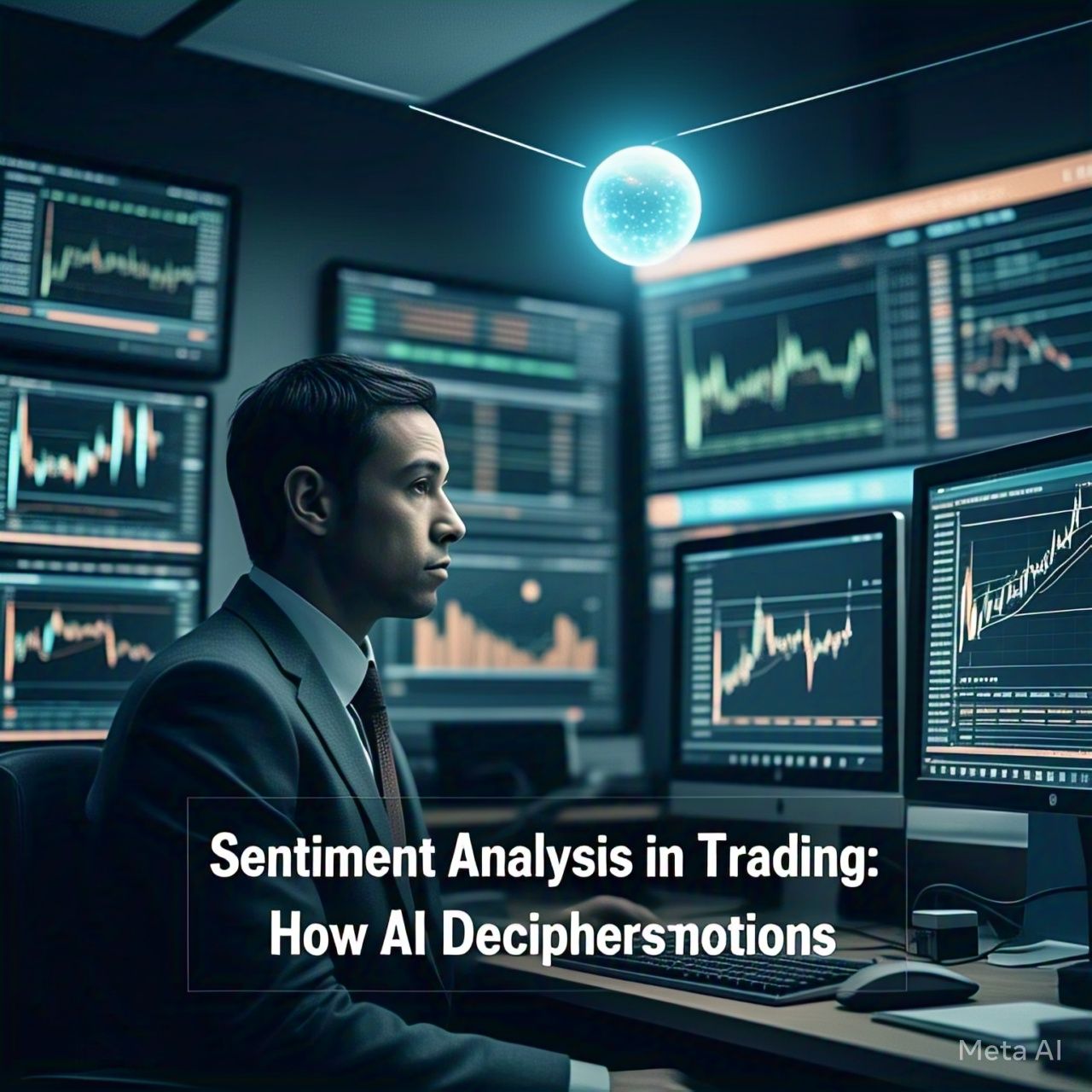Introduction
Financial markets are driven by more than just data and numbers; emotions play a significant role in influencing price movements. Fear, greed, optimism, and uncertainty shape market trends and investor decisions. With the rise of artificial intelligence (AI), sentiment analysis has become a powerful tool for traders, helping them gauge market emotions and make informed decisions. But how exactly does AI decipher market sentiment, and how can traders leverage it to gain an edge? Let’s explore the impact of sentiment analysis in trading.
What is Sentiment Analysis in Trading?
Sentiment analysis, also known as opinion mining, involves using AI and natural language processing (NLP) to analyze text-based data from various sources, such as news articles, social media, earnings reports, and analyst opinions. By extracting emotions and opinions from this data, AI can provide insights into market sentiment, helping traders predict price movements and market trends.
Sources of Market Sentiment Data:
- Financial News & Reports – AI scans headlines, articles, and corporate reports to detect positive or negative sentiment.
- Social Media & Forums – Platforms like Twitter, Reddit, and financial forums provide real-time investor opinions and trends.
- Earnings Calls & Transcripts – NLP tools analyze speech patterns and tone in earnings calls to assess confidence levels.
- Regulatory Announcements & Economic Data – AI monitors government policies, interest rate changes, and economic indicators for potential market impact.
How AI Deciphers Market Sentiment
AI-driven sentiment analysis relies on advanced technologies such as:
1. Natural Language Processing (NLP)
NLP enables AI to understand human language, classify sentiment (positive, negative, neutral), and detect emotions in financial texts and speech.
2. Machine Learning Algorithms
AI models are trained on historical market sentiment data, allowing them to recognize patterns and predict future price movements based on sentiment shifts.
3. Deep Learning & Neural Networks
Deep learning models analyze large datasets, improving the accuracy of sentiment classification and detecting subtle changes in market emotions.
4. Real-Time Data Processing
AI-powered systems can analyze massive amounts of data in real-time, providing traders with up-to-the-minute sentiment insights to make quick decisions.
Benefits of Sentiment Analysis in Trading
1. Predicting Market Trends
AI helps traders identify bullish or bearish trends based on shifts in sentiment, allowing for strategic investment decisions.
2. Enhanced Trading Strategies
Sentiment analysis can be integrated into algorithmic trading systems to improve trade execution and profitability.
3. Risk Management & Volatility Prediction
By monitoring sentiment indicators, traders can anticipate potential market volatility and adjust their risk exposure accordingly.
4. Competitive Advantage
Traders who leverage sentiment analysis gain an edge over those relying solely on technical and fundamental analysis.
Challenges and Limitations
1. Sentiment Misinterpretation
AI may struggle with sarcasm, slang, or complex language, leading to inaccurate sentiment classification.
2. Data Bias & Fake News
Misinformation and biased data sources can affect the accuracy of sentiment analysis models.
3. Market Overreaction
Strong sentiment shifts can sometimes lead to overreactions, causing false trading signals.
4. Computational Complexity
Processing large volumes of unstructured text data requires high-performance computing and continuous model updates.
Future of Sentiment Analysis in Trading
The future of AI-driven sentiment analysis in trading includes:
- Improved AI models with better contextual understanding and emotion detection.
- Integration with blockchain technology for enhanced data transparency.
- Personalized AI assistants that provide tailored sentiment insights for individual traders.
- Multi-modal sentiment analysis, combining text, voice, and image data for more comprehensive market predictions.
Conclusion
AI-powered sentiment analysis is transforming trading by providing real-time insights into market emotions. By analyzing financial news, social media, and economic indicators, traders can make data-driven decisions and optimize their strategies. While challenges exist, advancements in AI and NLP continue to enhance sentiment analysis, making it a vital tool for modern traders. As AI technology evolves, sentiment analysis will play an even greater role in shaping financial markets and investment strategies.




